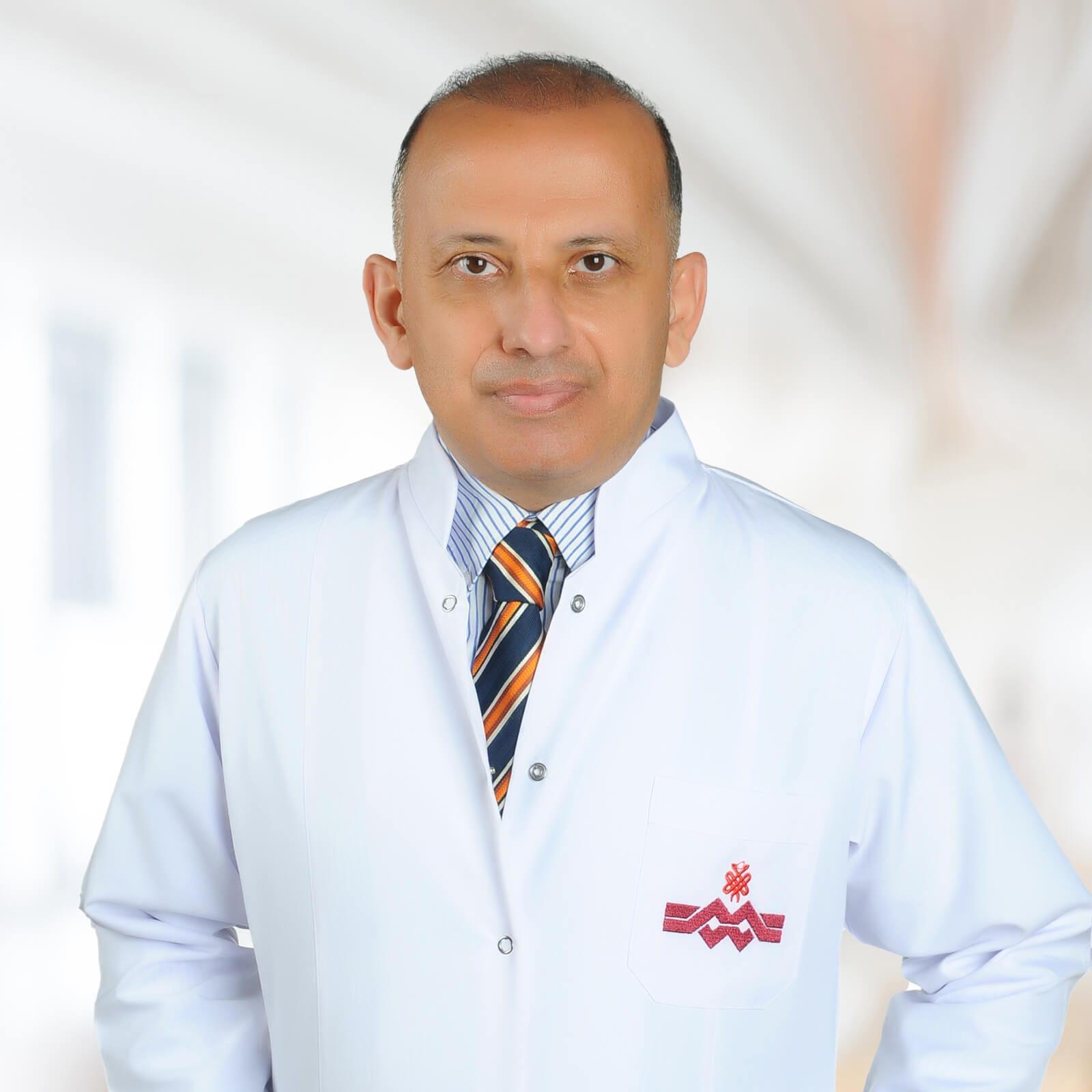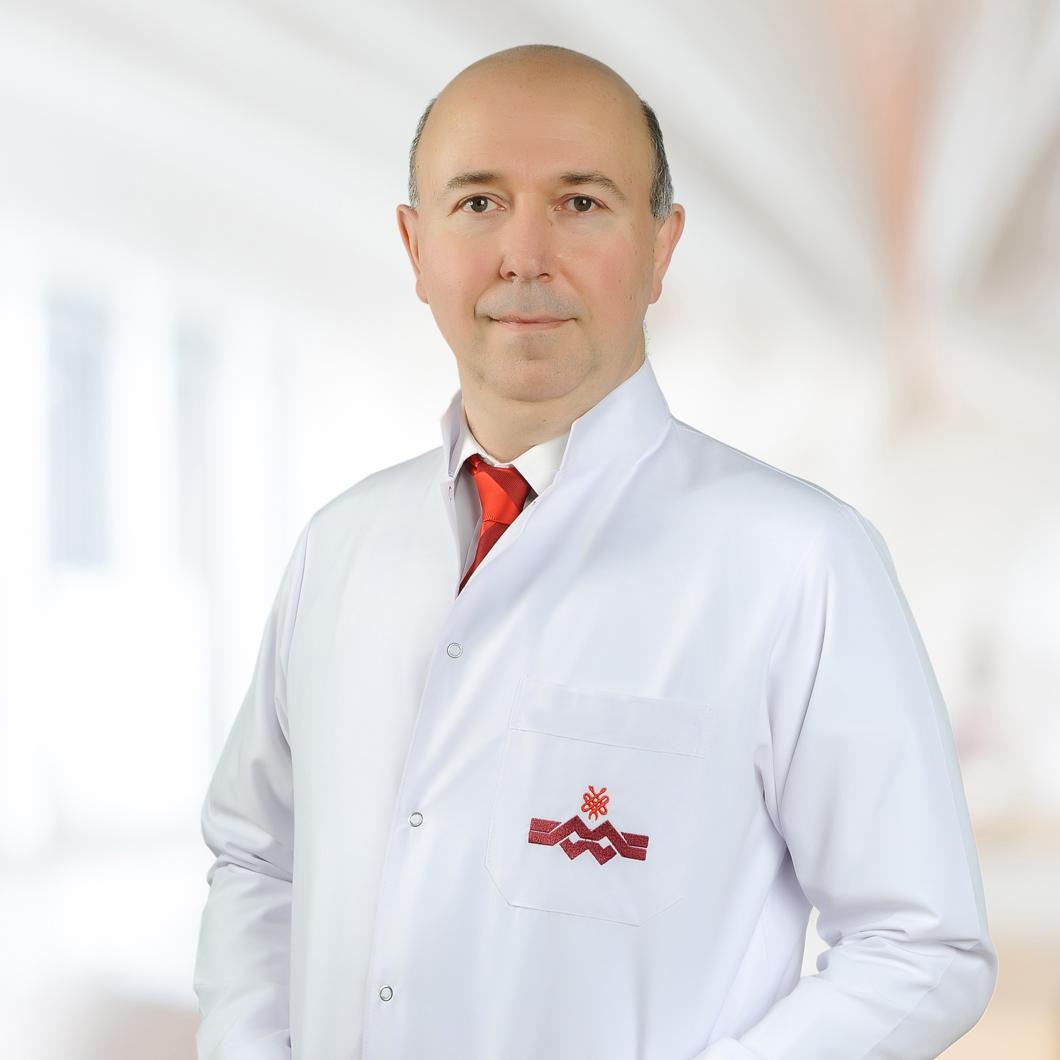Maltepe University Faculty of Medicine Hospitals, Gastroenterology Department, which has a team of specialist doctors and modern health technologies, offers treatment for patients' digestive system diseases.
All organs from the abdominal organs except kidneys are treated. In other words, in the Department of Gastroenterology, diseases of many organs from pancreas to liver, gallbladder and duct diseases to stomach, small and large intestine to esophagus are diagnosed and treatment process is carried out.
Area of Responsibility of the Department of Gastroenterology
We can list the diseases that fall under the scope of Maltepe University Faculty of Medicine Hospitals Gastroenterology Department as follows.
- Gastritis and ulcer treatments
- Esophageal cancer and its treatment
- Injuries caused by foreign substances escaping into the esophagus and their treatment
- Removal of foreign substances escaping into the stomach
- Diagnosis of large and small intestine disorders by colonoscopy
- Gallbladder stones treatment
- Bile duct cancer and treatment
- Pancreatic diseases and treatment
- Diagnosis of pancreatic cancer and treatment for those who cannot have surgery
- Tuberculosis treatment
- Crohn's disease and treatment
- Liver diseases and treatment
- hemorrhoid treatment
- Anal fissure treatment
- Rectal cancer and treatment
Methods Used for Diagnosis in Gastroenterology
- Colonoscopy
- ERCP
- Ph-metry
- sigmoidoscopy
- Endoscopy
- Biopsy
Treatment Methods in Gastroenterology
Esophagogastroduodenoscopy: In this procedure, the patient's esophagus, stomach and duodenum are entered through the mouth to endoscopically evaluate.
Endoscopic retrograde cholangiopancreatography: It is the treatment of bile and pancreatic ducts by combining upper gastrointestinal (GI) endoscopy and X-rays.
Colonoscopy: It is the procedure of entering the patient through the anus with a fiberoptic camera by applying sedative medication or anesthesia and examining the large intestine under a monitor.
Rectosigmoidoscopy: It is the process of examining the last 30-40 cm of the large intestine with the help of a thin bendable instrument with a light and camera at the end. This part is called the rectum and sigmoid colon. Needle biopsy of the liver is another procedure for diagnosis.
Treatment with endoscopy: It is the process of removing foreign bodies that have escaped to the rectum region, esophagus and stomach with the help of endoscopy.
Treatment with bougie and balloon: With this method, stenosis in the patient's esophagus is widened. In addition, this method is used for stent applications in this region.
Band ligation: In this endoscopic method, the bleeding vessel is vacuumed and a rubber band is thrown around it. It is applied to stop esophageal varices bleeding caused by liver cirrhosis.
Polypectomy: It is the removal of polyps using the colonoscopy method.












